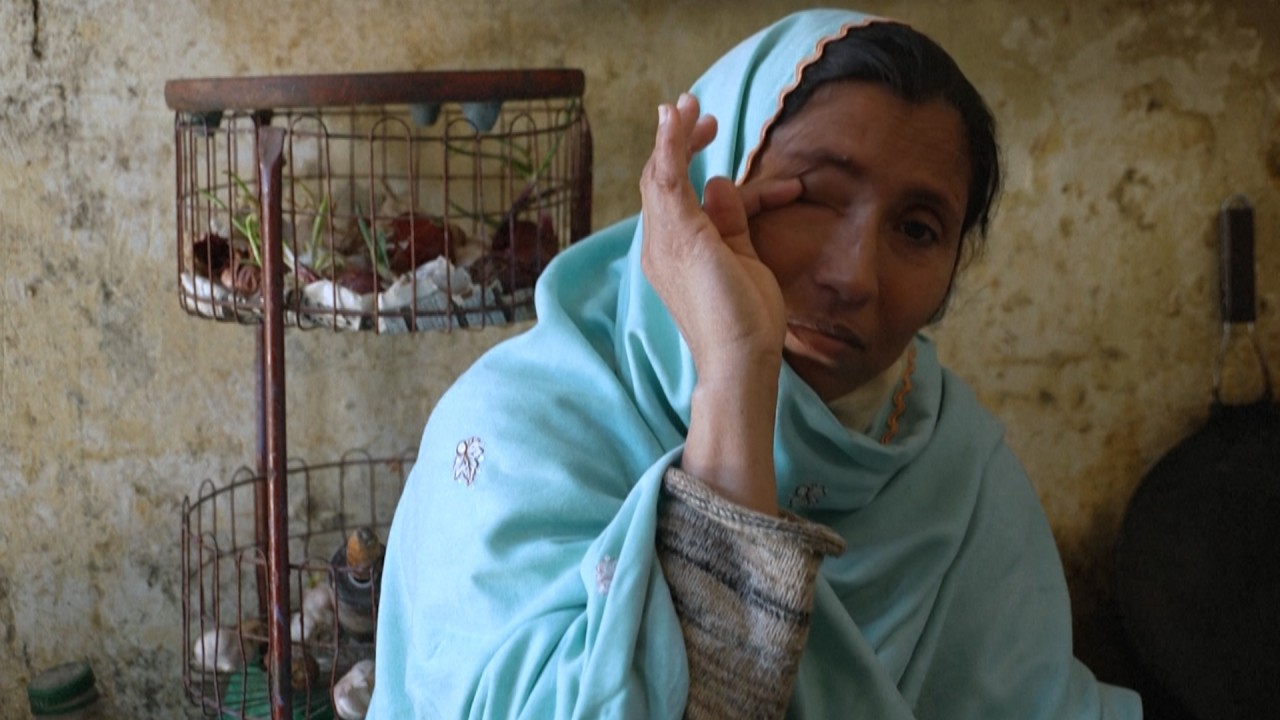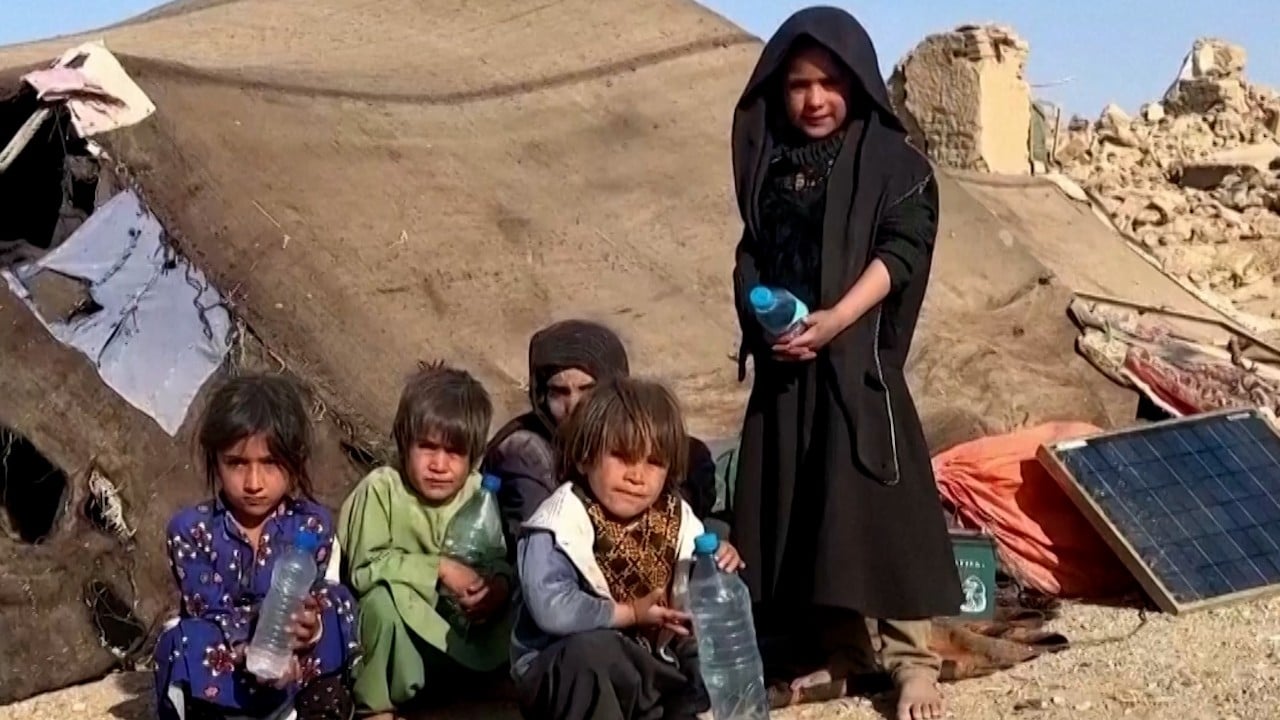
Rich are getting richer but more people are going hungry in Global South. Why?
- The triple whammy of Covid-19, climate change and the war in Ukraine has intensified food insecurities worldwide, particularly in sub-Saharan Africa and South Asia
- The crisis is getting worse and the goal to end hunger by 2030 looks further away than ever
Serious, even alarming, levels of hunger are eating away at the Global South, particularly in Africa and South Asia, according to the latest Global Hunger Index, as the undernourished masses grow to 735 million, up from an already worrying 572 million in 2017.
In a post-pandemic world still facing acute food insecurities, the hunger crisis raises some hard questions. Is there the right global structure in place to handle the challenge? Are there too many agencies working in the area with no concrete results? Are their mandates clear, or is there an overlap? Do they have the resources to do the job?
Hunger can also affect education. In sub-Saharan Africa, 98 million children are not in school, making it not just the largest such cohort in any region but also the only one that has been growing, according to Unesco research released last year. In second place is the Central and Southern Asian region, with 85 million children.
All the numbers point to a stark fact: the Global South is the world’s hunger hotspot.
In particular, South Asia has by far the highest rate of “child wasting”, which the Global Hunger Index defines as under-fives with low weight for their height. At 14.8 per cent, this is more than double the 6 per cent in sub-Saharan Africa. There is also a high prevalence of “child stunting”: under-fives who are short for their age.
With the Covid-19 pandemic, there was a dramatic rise in undernourishment in South Asia, which reached 15.9 per cent from 2020-2022, from 13.5 per cent for 2014-2016. It was worse in sub-Saharan Africa, where the rate hit 21.7 per cent, an increase from 16.8 per cent for 2010–2012.
While the world’s poorest go hungry, the rich are getting richer. Of the world’s new wealth created since 2020, 63 per cent has gone to fatten the coffers of the richest 1 per cent, an addition of US$26 trillion, according to Oxfam. Left unchecked, this growing wealth inequality will only mean millions more in the Global South going without.
As the Global Hunger Index put it: “At the current pace, 58 countries will not [even] achieve low hunger by 2030.” With the growing prevalence of undernourishment, child stunting, child wasting and child mortality, the hunger eradication targets are completely off track.
The global food system is in disarray. Almost half the world’s people cannot afford a healthy diet. Food supplies are increasingly being disrupted by heatwaves, floods, droughts and wars.
We do not lack proclamations of political commitments at the national and global levels or available solutions. What we have is a collective failure to translate these commitments into effective action. What are we waiting for?
Sachi Satapathy is the director of the Asia-based research evaluation agency AF Development Care in New Delhi, India




